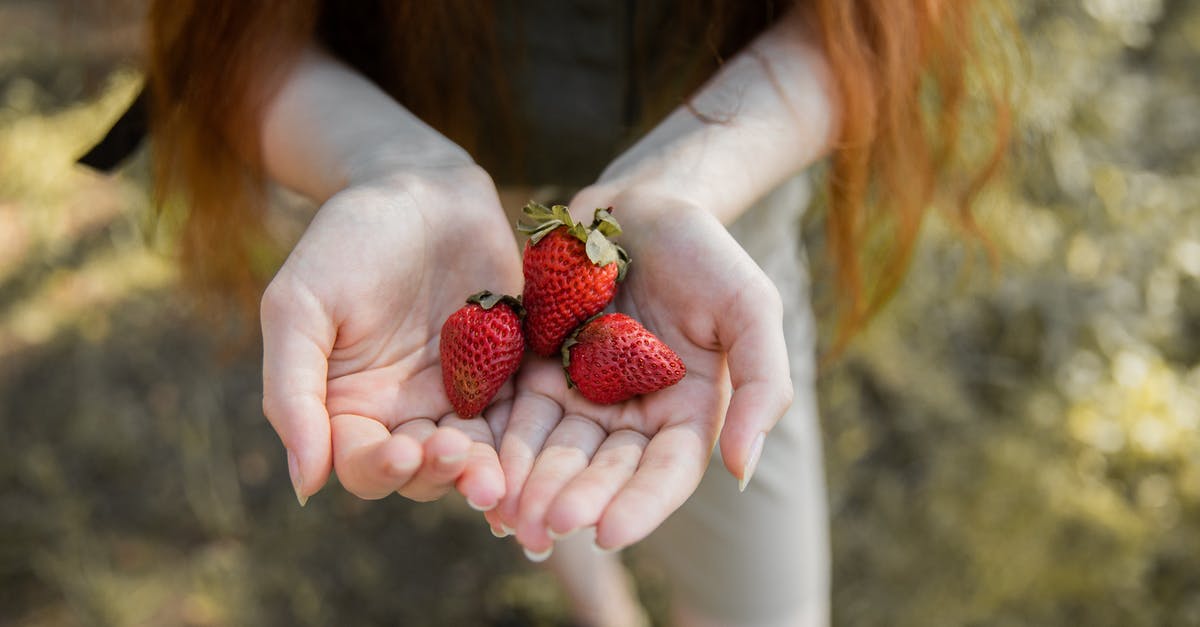Is my wild yeast starter a throwaway or salvageable?

I followed this YouTube video to make a wild yeast starter. My intention is to use them for making bread, hamburger buns, and maybe even try them out in a 1-gallon experimental homebrew!
The TLDR; of that video is:
- Mix 3 tbsp flour + 3 tbsp pineapple juice into a mason jar and lightly cover
- Whisk every few hours for the first 24 hrs
- Then, starting at the 24-hr/1-day mark, add another mixture of 3 tbsp flour + 3 tbsp distilled water every day, for 4 more days
- By the end of the 5th day, you should have a vigorous yeast starter, foaming with lots of bubbles
So I followed this and I am now on Day 5, and I see 2 problems:
- Although I do see lots of tiny bubbles on the surface of the starter, and it smells doughy/malty/toasty, it doesn't look as "bubbly" as the mason jar on that video. It looks like I'm not even half-way to where the jar in that video was at by Day 5. So I'm not sure if my yeast is activated enough to be useful for baking.
- Every time I added flour + water, I mixed it in, and accidentally scraped/wiped the fork off on the inside of the jar, above the starter. So over the course of a few days, there's been "wipe off residue" clinging to the side of the jar several inches about the starter. Well, I am now seeing little bits of mold forming on the wipe off (that my fork left behind), which got caked on to the upper part of the jar. I'm guessing this happened because, whereas there's enough yeast down in the starter to fight off any bacterial/mold infection, there's not enough of it up on the caked on "wipe off" parts higher up in the jar. So mold is being allowed to form up there. Not much, but visible.
So I ask:
How can I tell when I have either enough yeast, or enough "active" yeast to use for baking, and is it safe to transfer the non-infected (not moldy) starter from my one mason jar to another, clean one?
Best Answer
Mold: wipe it off. It is not dangerous once your starter reaches its healthy acidic state… that can take more than 5 days.
Incidentally, if you neglect your starter on the counter for a week, it can start to stink… you can resuscitate it by dumping 3/4 of it or more, and adding clean flour and water, and build up a healthy starter with the right bacteria. It is very low maintenance.
As for no bubbles: Try to use an unbleached flour, whole wheat flour, or some flour that might have some existing natural yeast and bacteria. Don’t use all purpose flour, it may be too clean. My starters have taken a week or more to start from scratch. Just keep going. And also, the consistency of your starter will depend on how much water you add. I add only 50% water each time I feed, and so my starter is pasty, not soupy, and I can only tell how active it is by how tall it is.
How can i tell if I have enough yeast?: One test is to drop a spoonful of the unmixed, fresh out of the jar, starter into a glass of water. If it floats, it is ready. The way I normally tell is by height: each time i feed it, i throw away half, add fresh flour and water, and mark the height with a rubber band. Then, when it doubles (room temp affects duration), I know it is ready.
Pictures about "Is my wild yeast starter a throwaway or salvageable?"



What is the difference between starter and discard?
Sourdough starter and sourdough discard are the same thing. The discard is just the sourdough starter you're not currently feeding or baking with. It's called discard because it often gets "discarded" during feeding.What happens if you dont discard starter?
Not discarding your starter will also affect the flavor of your starter. Not discarding before you feed will cause too much acidity which may eventually be detrimental to your microbes.Is wild yeast the same as sourdough starter?
A wild yeast sourdough starter is flour and water left to ferment. The mixture absorbs the wild yeast and probiotic bacteria that is naturally in the air we all breath. After 6 to 12 days, the starter cultivates enough wild yeast that it will allow bread to rise without the addition of store-bought yeast.How much should I discard my sourdough starter?
Feed the starter 1/2 cup (4 ounces, 113g) water and a scant 1 cup (4 ounces, 113g) all-purpose flour twice a day, discarding all but 1/2 cup (4 ounces, 113g) of the starter before each feeding. It should soon become healthy, bubbly, and active.How to capture wild yeast for bread (and WHY it works)
Sources: Stack Exchange - This article follows the attribution requirements of Stack Exchange and is licensed under CC BY-SA 3.0.
Images: EKATERINA BOLOVTSOVA, EKATERINA BOLOVTSOVA, EKATERINA BOLOVTSOVA, EKATERINA BOLOVTSOVA
